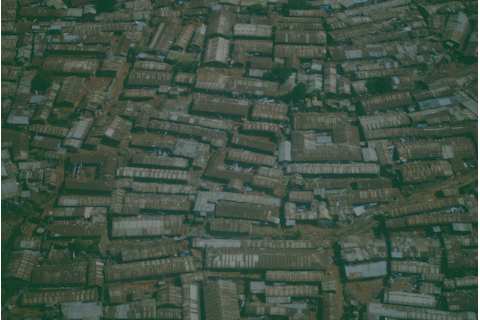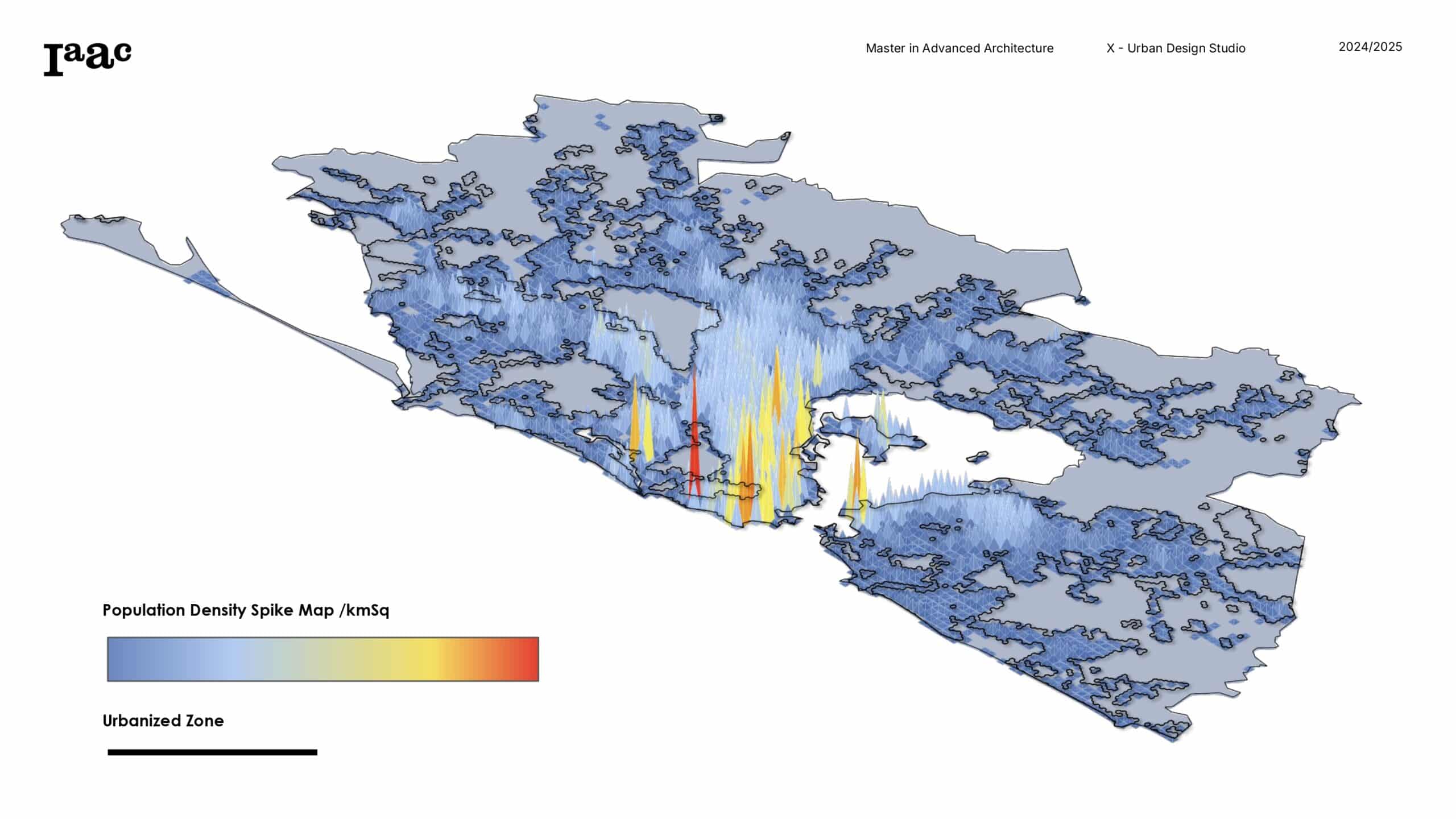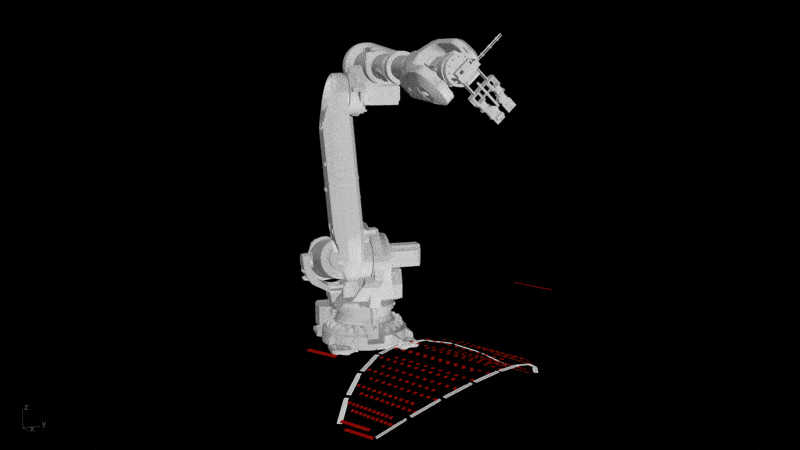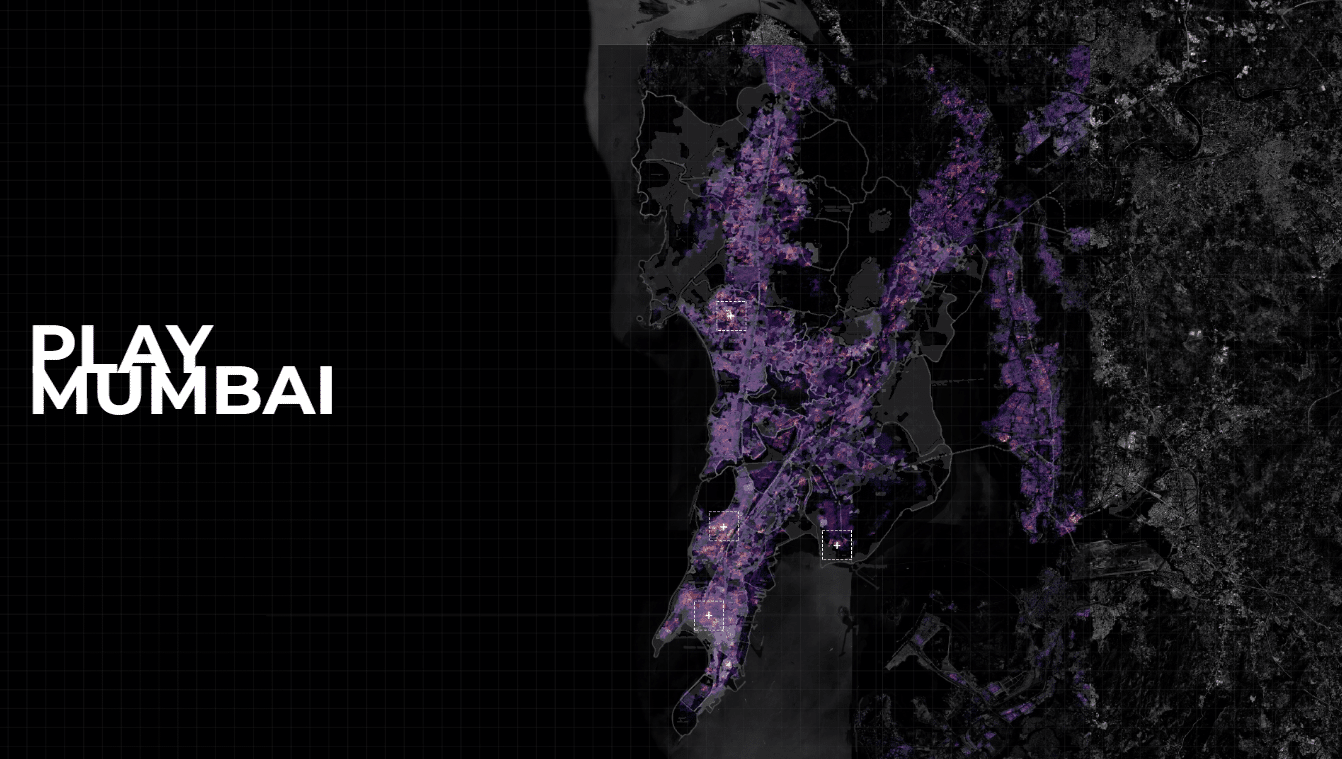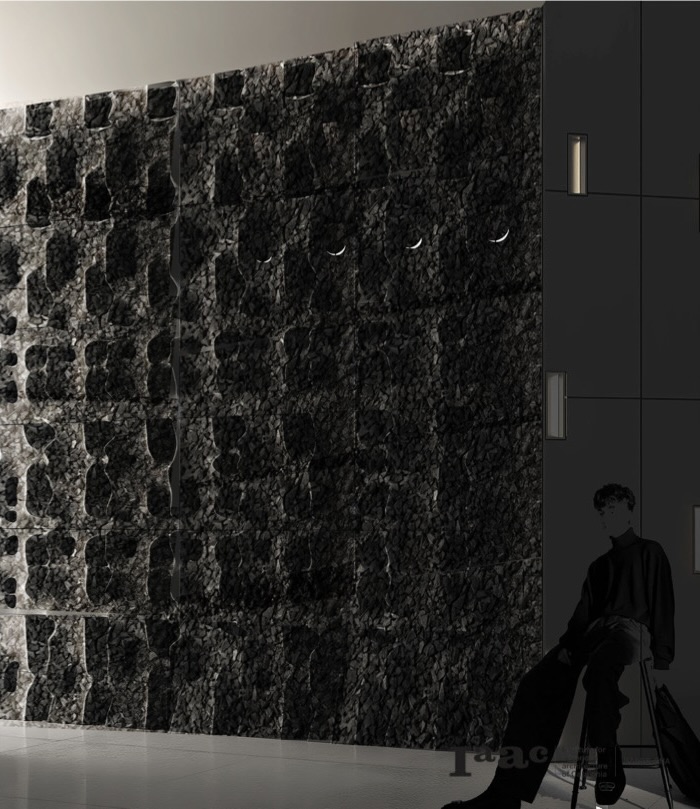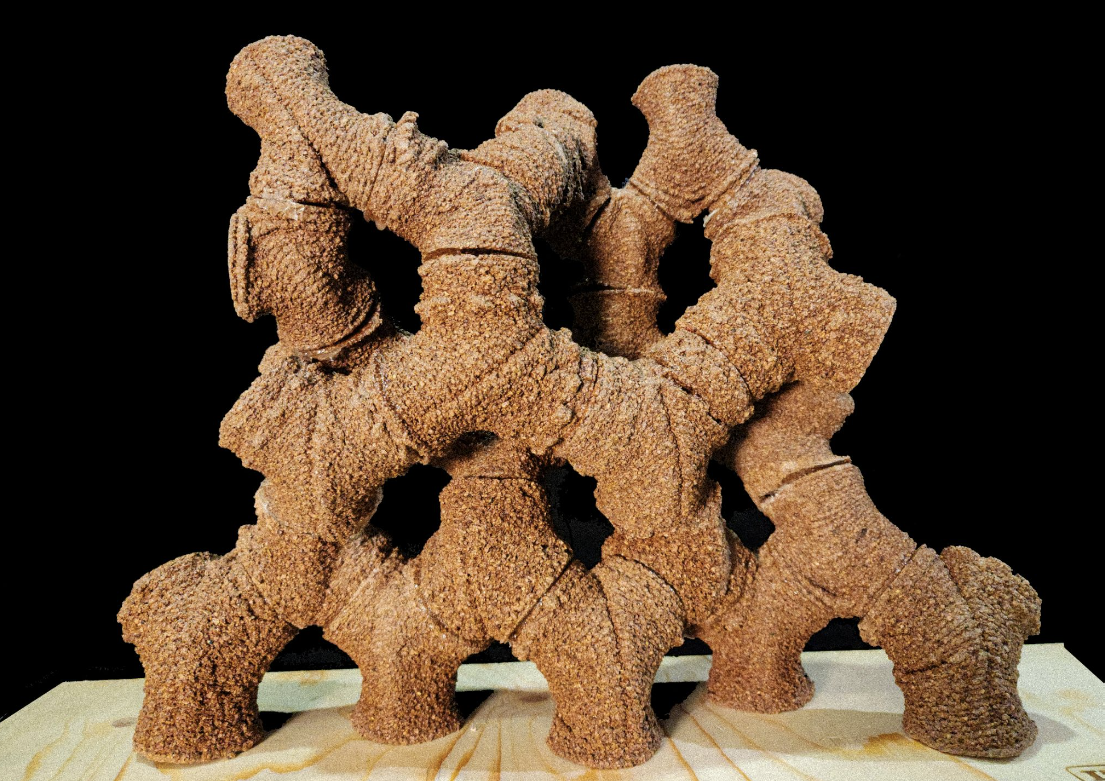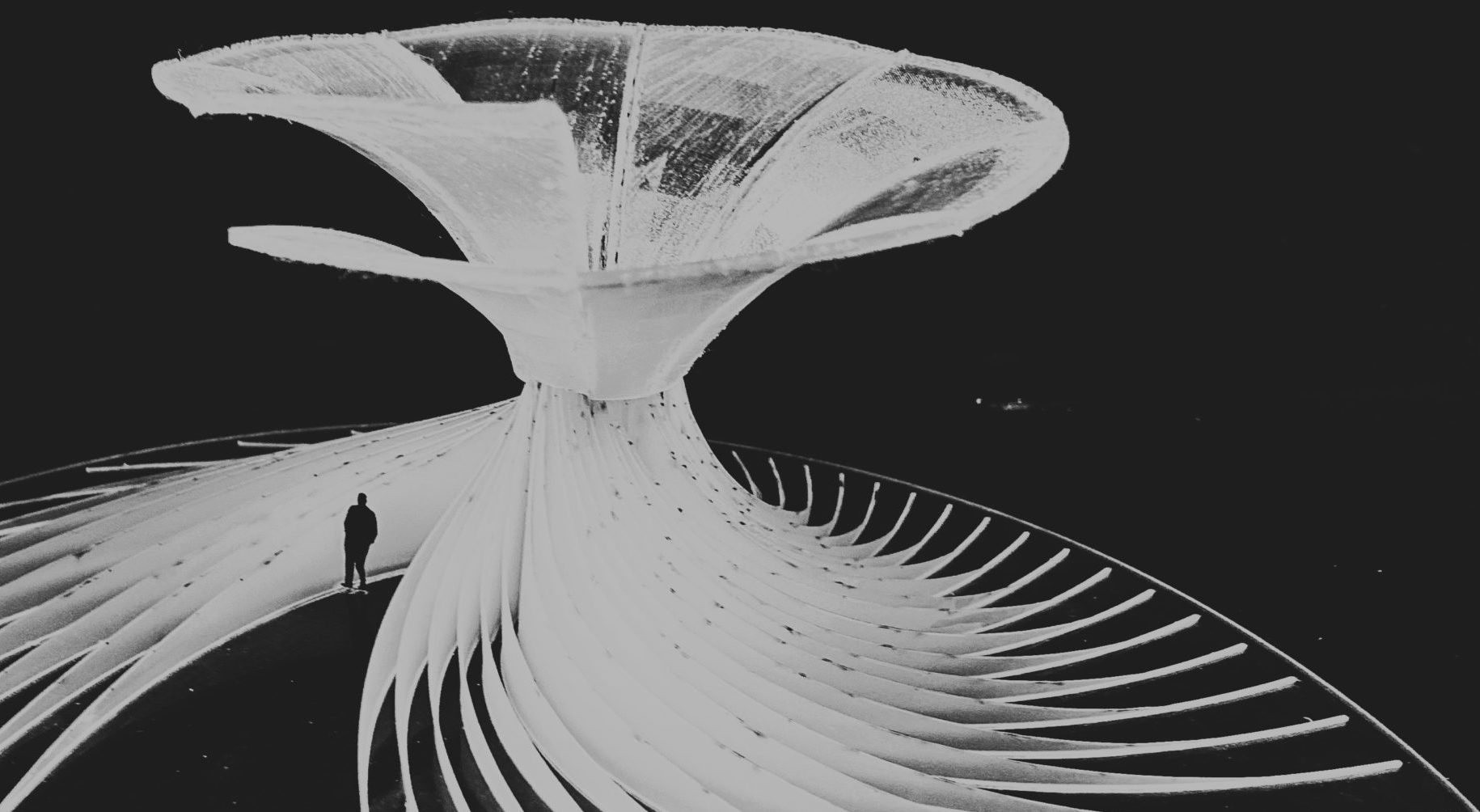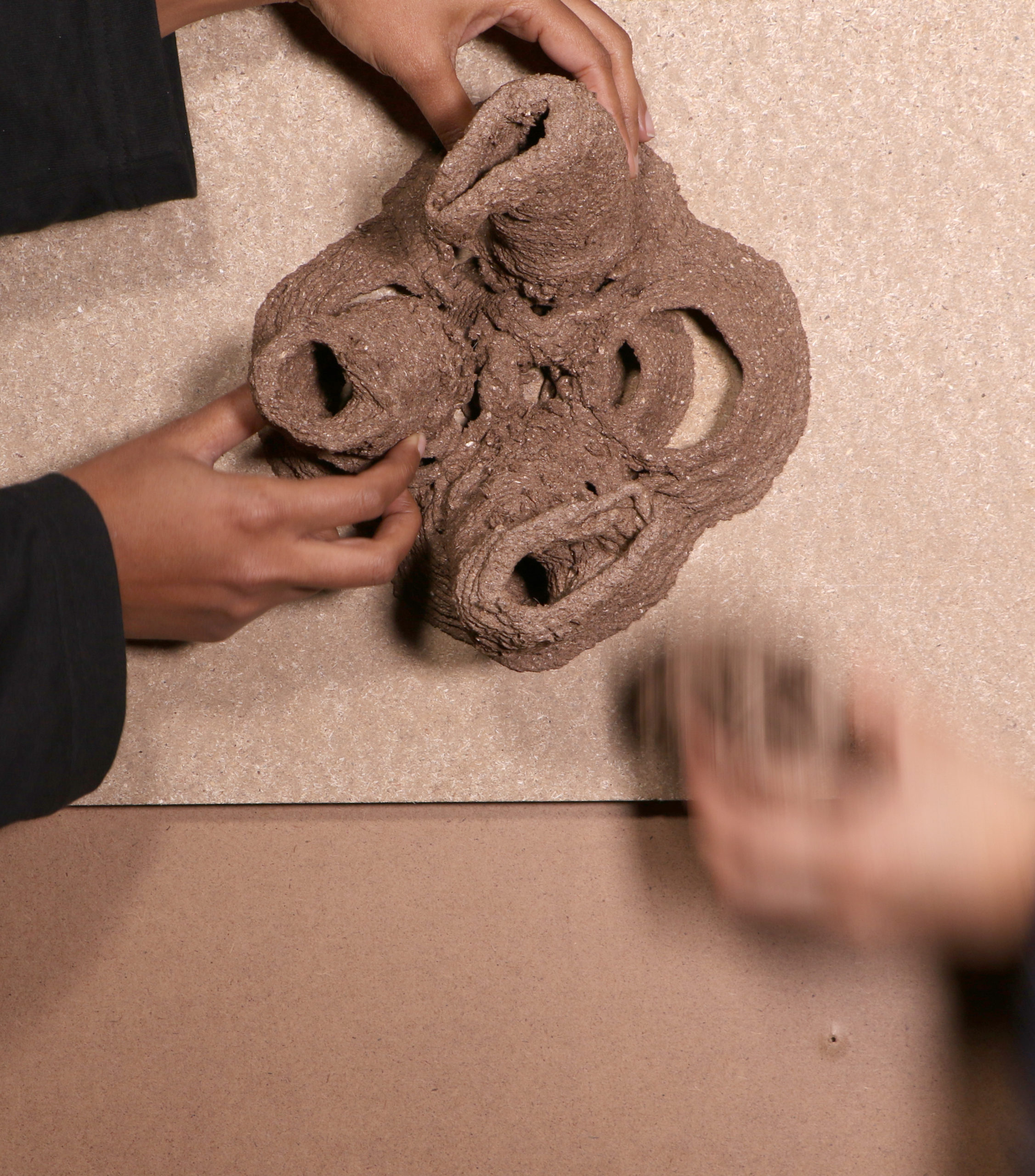The MAA is a visionary master program with an innovative and open structure, mixing diverse disciplines, shaping professionals capable of producing theoretical & practical solutions towards responsive cities, architecture & technology.
EMI: Engine for Morphological Integration Vol II
A Methodological Approach to Urban Morphology and Hybrid Energy Systems in the Global South Project Statement: “Even as we advance in Energy Innovation, our cities continueto grapple with deep inequalities. In this research, I proposerethinking Urban Morphology—not merely as the physicalform of our settlements, but as a strategic lever for equitableenergy solutions. The conceptual Energy-Morphology … Read more
Re Rio: Infrastructure Justice
What is Infrastructure Justice? Rio’s Context State of the Art Rio Maps Sao Goncalo Proposal Thank you!
Collaborative Workflow: Hyper B – Facade Team (carbon footprint library)
ROLE FINAL INPUTS AND OUTPUTS TEAM ROLES AND COMMUNICATION STREAMS COMMUNICATION COLLABORATION REFLECTIONS CARBON FOOTPRINT OBJECTS TRACKER APP We imagined a smarter way to design façades—one that doesn’t just generate new materials but maximizes the potential of what already exists. That’s why we developed a custom parametric tool that helps architects and designers track, organize, … Read more
SecondMatter
SecondMatter challenges architecture’s extractive processes and wasteful material cycles by upcycling Construction Demolition Renovation Waste (CDRW) into structural and non-structural applications. It blends ramming, which compacts granular materials into high-strength forms, with jamming-inspired interlocking of irregular aggregates. Large concrete waste pieces form a reinforced core, wrapped in a rammed mix of fine brick and concrete … Read more
Advanced Manufacturing Cluster – T02
Analog End Effector Explorations Mechanical End Effector Explorations Final Robotic Jig Design | Facade Iterations
KINXA
KINXA aims to bring vernacular construction back into contemporary architecture by systemizing traditional “quincha”. At the same time, through a redesigned material system, KINXA seeks to take advantage of local resources and lower even more its precedent carbon footprint. Quincha is a technique prevalent in Latin America which consists of the use of a wood … Read more
Wildlife Integrating Landscape Design Artificial Intelligence – WILD.AI — Term_II
Context How? Where? Workflow Outputs
ARBOREALITY | Advancing sustainable urban development through mass timber and vernacular root
Keywords: Mass timber city, Sustainable forest management, smart cities, Vernacular, Local species wood ABSTRACT: The capital city of Nepal- Kathmandu, like many urban cities globally, is undergoing uncontrolled urban expansion, neglecting its natural-based construction heritage, particularly timber. This research advocates for a paradigm shift towards mass timber, particularly multispecies Cross-Laminated Timber (CLT), to address environmental … Read more
Decharbonization
The goal of this project is to create a non-cementitious geopolymer, using as the main component the biochar, to create a sustainable, durable material system that minimizes the carbon footprint of construction processes. Biochar is commonly used in the agriculture field for soil management and enhancement, consequently storing the sequestered carbon on the ground. To … Read more
CORK.CATENATION
Non planar 3D printing cork based biomaterial CORK.CATENATION employs the novel methodology of non-planar 3d printing using Cork as the bio-material. The final outcome is a connection of interconnected lattice structures- broken down into modules that can be assembled to form a building skin that can morph according to the surface topology and solar radiation results.
FROM WASTE TO TAP
REIMAGINING WATER TREATMENT INFRASTRUCTURE THROUGH BIO-BASED SOLUTIONS PROJECT OVERVIEW WATER STRESS Due to the climate change, inefficient irrigation systems for agriculture, population growth and inefficient water infrastructure, the water stress in the world is increasing. But we question ourselves if water is really a scarce resource or is it just the issue of how the … Read more
Re-clay(m)
The old builds the new Manifest Can we transform construction waste? Can brick waste be a potential upcycled material in an structurally optimized system? Two main factors, the huge amount of CDW and the importance of brick production in Spain, gives us the decision to select our material, the brick waste. We attempt to propose optimized solutions … Read more


